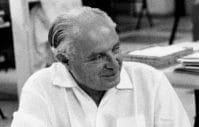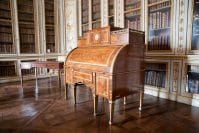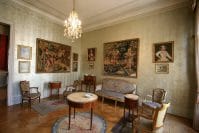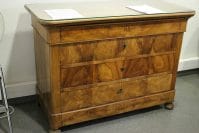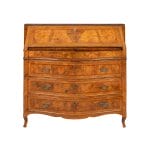Jewelery in Art Nouveau: Characteristics and the Most Famous Jewellers
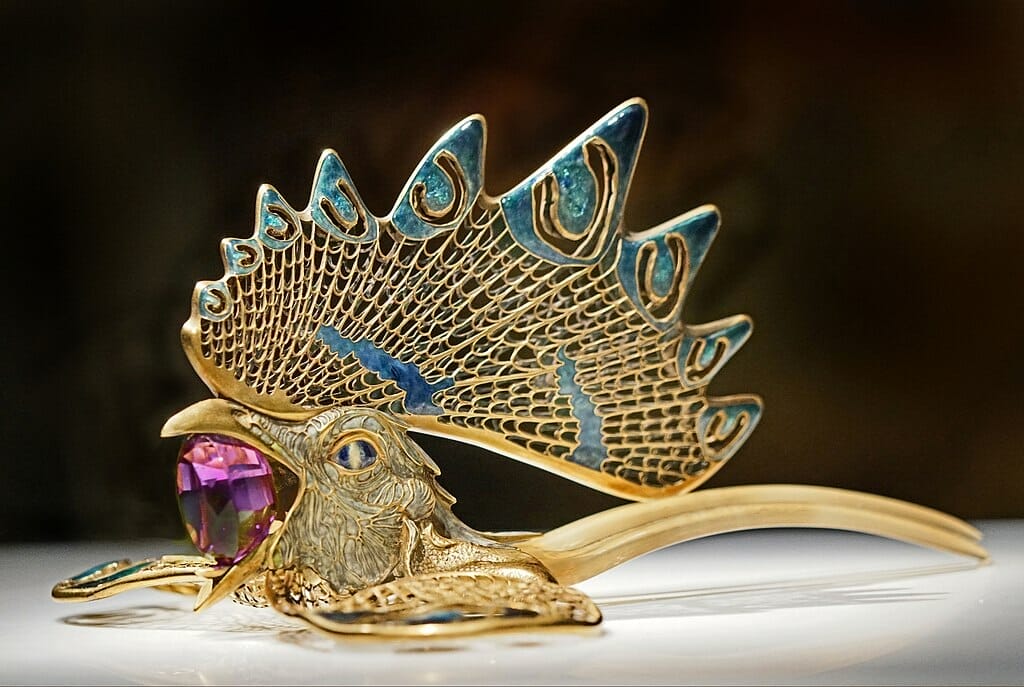
THEArt Nouveau, or Art Nouveau style, is an artistic movement that was born in France at the end of the 19th century, then spreading throughout Europe and America and characterizing the artistic, cultural and social environment of the Belle Époque.
This style – meaning literally new art – in fact manages to impose a new ideal of aesthetics successfully influencing not only the figurative arts, but also the applied arts, philosophy, jewelry, objects, urban planning and lighting.
This is how i Art Nouveau jewelry, intended mainly for a bourgeois clientele and a symbol of one fight against industrialization and automation that now pervaded Europe at the time. Let's see what the distinctive features of these particular artefacts are and who the best-known jewelers of the movement are.
Art Nouveau jewellery, the main characteristics
Art Nouveau was born in general with the aim of counteracting the mass production of objects, the result of prevailing industrialisation: the objective is enhance the work of the craftsman, enhancing uniqueness and inspired by the authenticity and vitality of nature.
This is why we try to create one-of-a-kind products, always adding a personal touch and experimenting with new ideas.
Even in jewellery, therefore, the aim is to create quality works, no longer intended for the masses but for a bourgeois and wealthy clientele.
The most recurring themes are the plant species – like vines and orchids – the fauna – especially dragonflies, birds, swans and snakes – natural elements such as feathers and sensual female figures with long flowing hair.
However, they also have ample space mythological creatures such as nymphs, mermaids and fairies.
The most used materials aregold, the enamel and glass and great use is made of stones, among which amethyst and aquamarine stand out: preferred do not resort to particularly precious gems, leaving the value of the jewel to derive solely from the decorations and skills of the goldsmith.
The most common Art Nouveau jewelery are necklaces, pendants, brooches, tiaras, combs and rings, all made with complex but balanced shapes, without ever leading to excess and preferring a modest and inconspicuous beauty.
Art Nouevau jewellery: the most famous jewelers
With Art Nouveau, therefore, numerous jewelers, goldsmiths and glassmakers they have the opportunity to express their art in a completely personal way, giving free space for creativity and to the imagination.
It is precisely in this period, in fact, that teachers of great fame established themselves and often gave life to schools with a very long tradition.
An example of this is Louis Comfort Tiffany, expert glassmaker son of the founder of the Tiffany & Co. Charles Lewis Tiffany.
LC Tiffany quickly becomes a leading face of the Art Nouveau movement, as well as, in 1902, the first creative director of the family company, opening a jewelry laboratory in the iconic Fifth Avenue store in New York and thus starting a business that still stands out among the best and most famous in the world.
Let's see what other illustrious names are that have made Art Nouveau jewels famous.
René Jules Lalique
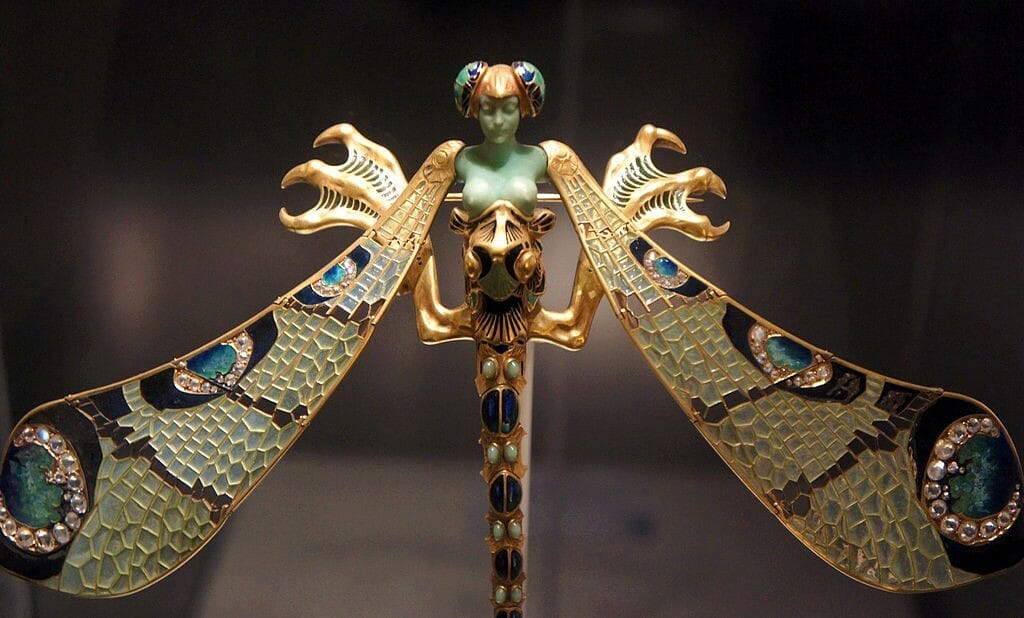
The most representative name of Art Nouveau jewelry is perhaps the Parisian René Jules Lalique, who with his works managed to profoundly influence European and American artists.
What distinguishes it most is the idea that a jewel does not necessarily have to have an intrinsic value: the important thing is the beauty of the final result and this is why there is no problem using trivial materials such as glass to create the desired model.
His creations are strongly inspired by and gentle cosmetics andJapanese art and the most recurring themes in his production are insects, butterflies and female figures.
Lalique's jewels are strongly intertwined with the myth of The divine Sarah Bernhardt, since it is for her that he created some of his most famous works.
The most famous artifact is precisely one brooch lent to the talented actress, commissioned by Calouste Gulbenkian and with a feature dragonfly shape.
Lalique's production culminated with the exhibition at the Société des Artistes Francais in 1895 and his jewels were successfully resold by Cartier, Vever and Boucheron.
Charles Rober Ashbee
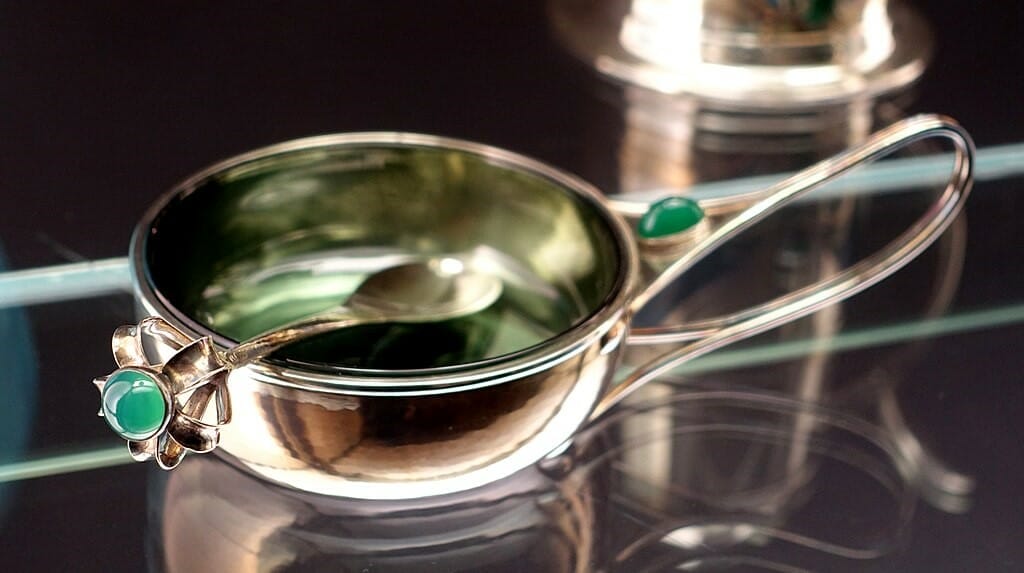
Charles Rober Ashbee is an English designer and one of the greatest exponents as well founder together with William Morris and John Ruskin, of the Art and Crafts movement, the British version of Art Nouveau.
This artistic movement claims that the artist's work must be inspired by medieval work, enhancing the authenticity and simplicity of the craftsman's work in contrast with the automatisms of industrialization.
He is therefore a strong detractor of the use of machines in the applied arts and over the years of his activity he specialized in the creation of jewellery, furniture, enamel and stained glass.
In 1887 he founded a highly successful Crafts Guild which helped revolutionize modern design and notable works of decorative art were created from his designs.
I Jewelry Ashbee's are inspired by nature and strongly influenced by French creations.
In fact, peacocks and feathers recur in his works and the materials he mainly uses are silver, enamel, turquoise and opals.
Georges Fouquet
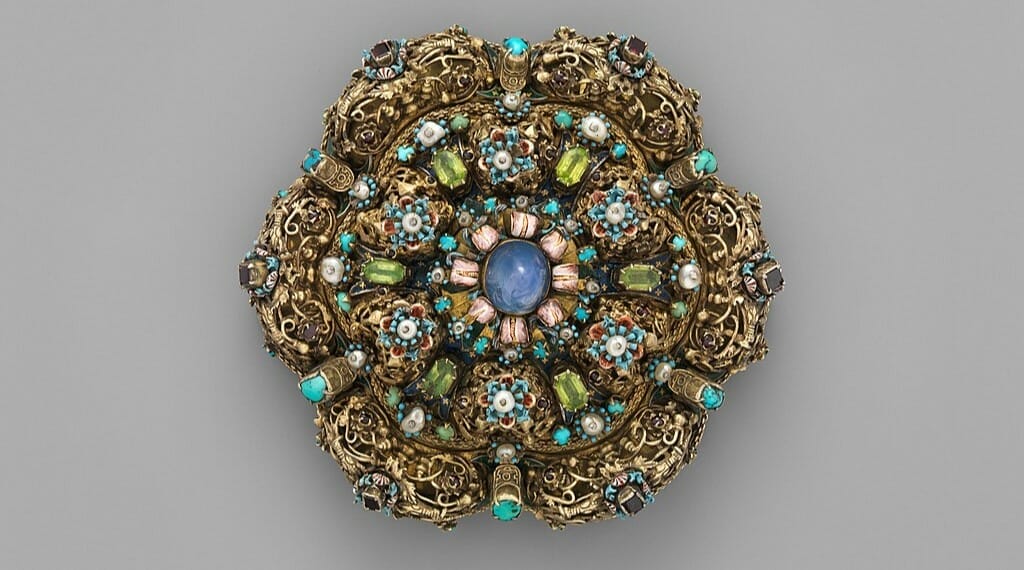
Georges Fouquet is a Parisian jeweler who for many years collaborates with the famous advertiser Alphonse Mucha, Art Nouveau painter specialized in the creation of posters and posters.
In fact, at Fouquet's proposal, the two decided to start an artistic collaboration to create works capable of competing with the works of René Jules Lalique, which was very popular at the time.
They create so numerous incredibly original jewels, expertly playing with stones, pendants and materials to give life to sumptuous and one-of-a-kind objects. One of their most famous jewels is the bracelet and ring, decorated with snakes, worn by The divine Sarah Bernhardt to play the role of Cleopatra.
The jewel is made of gold and enamel and the snake, which winds around the wrist three times, has a head carved in opal and eyes made of rubies.
Images taken from:
Metropolitan Museum of Art, CC0, via Wikimedia Commons
https://commons.wikimedia.org/wiki/File:Dress_ornament_(heftel)_MET_DP12439-001.jpg
Daderot, Public domain, via Wikimedia Commons
https://commons.wikimedia.org/wiki/File:Small_pan_with_spoon,designed_by_Charles_Robert_Ashbee,_made_by_Guild_of_Handicraft_Ltd.,_London,_c._1902,_silver-Br%C3%B6han_Museum,_Berlin-_DSC03937.JPG
sprklg, CC BY-SA 2.0 https://creativecommons.org/licenses/by-sa/2.0, via Wikimedia Commons
https://commons.wikimedia.org/wiki/File:Lalique_dragonfly.jpg
Jean-Pierre Dalbéra, CC BY 2.0 https://creativecommons.org/licenses/by/2.0, via Wikimedia Commons
https://commons.wikimedia.org/wiki/File:%22Diad%C3%A8me_Coq%22_de_Ren%C3%A9_Lalique_(Hotel_de_la_Marine,Paris),(52171769018) .jpg


